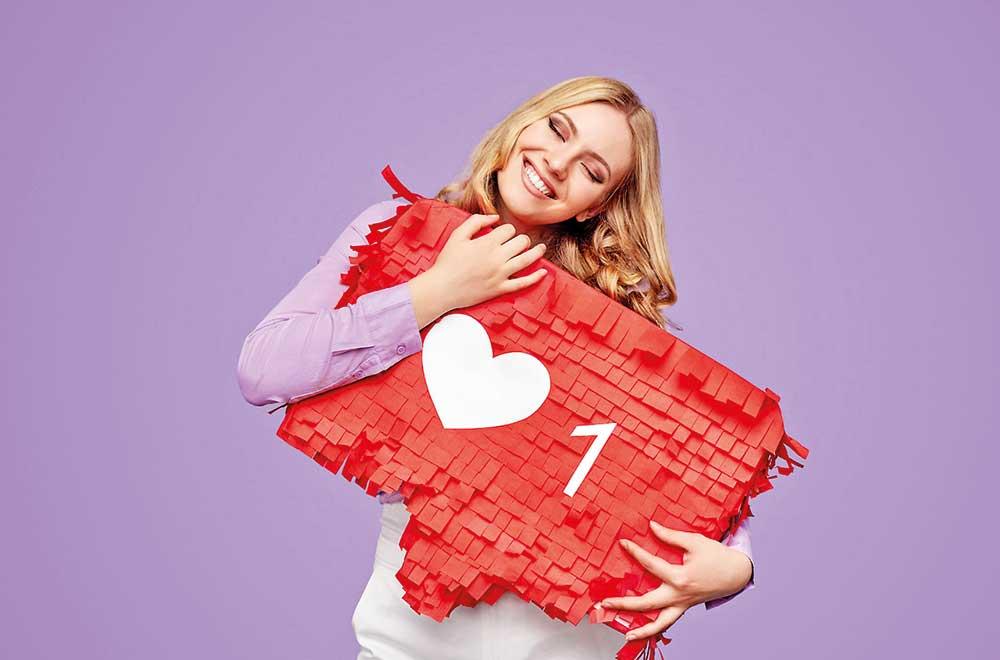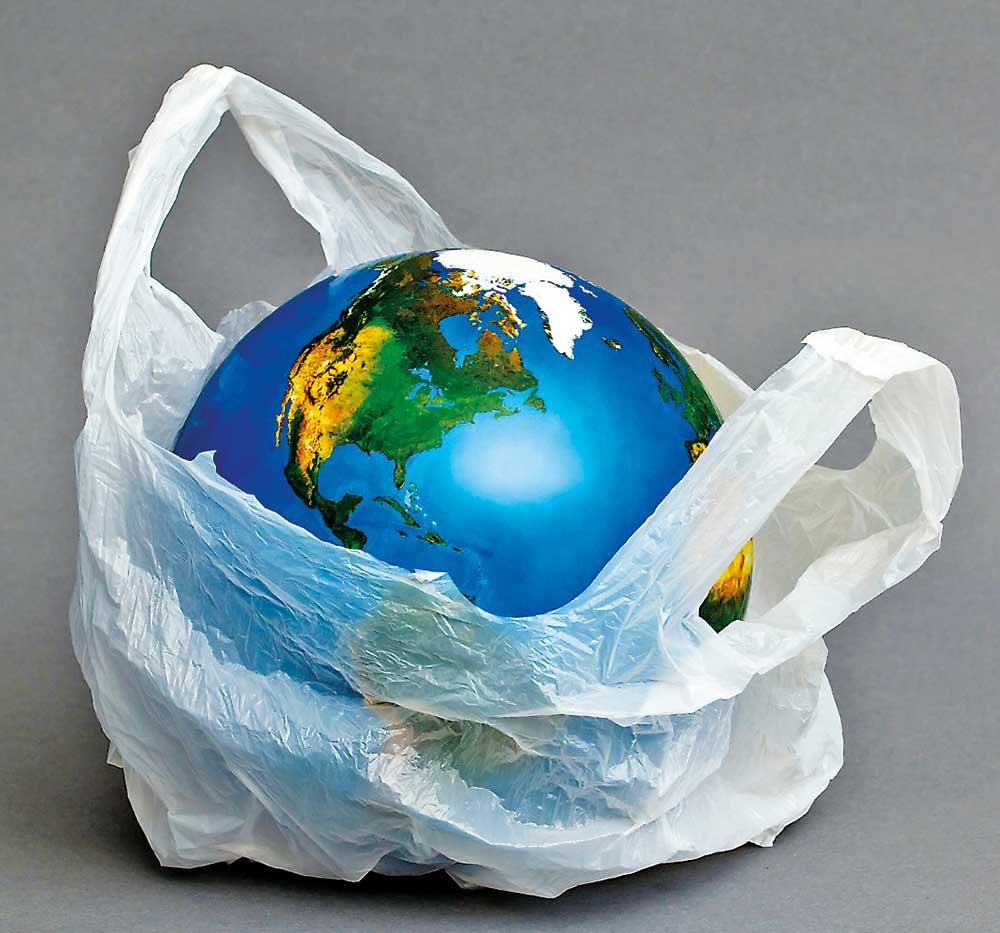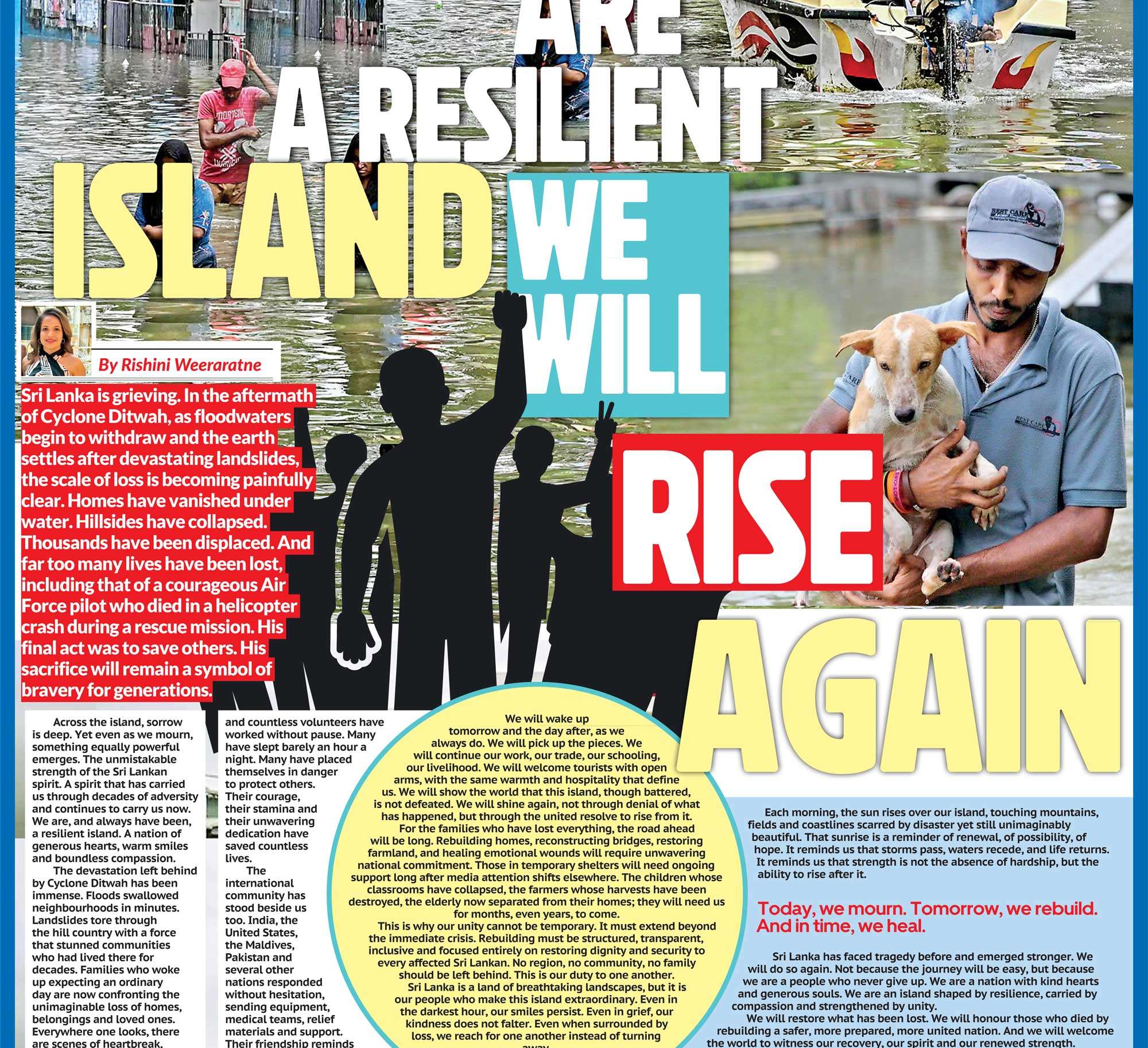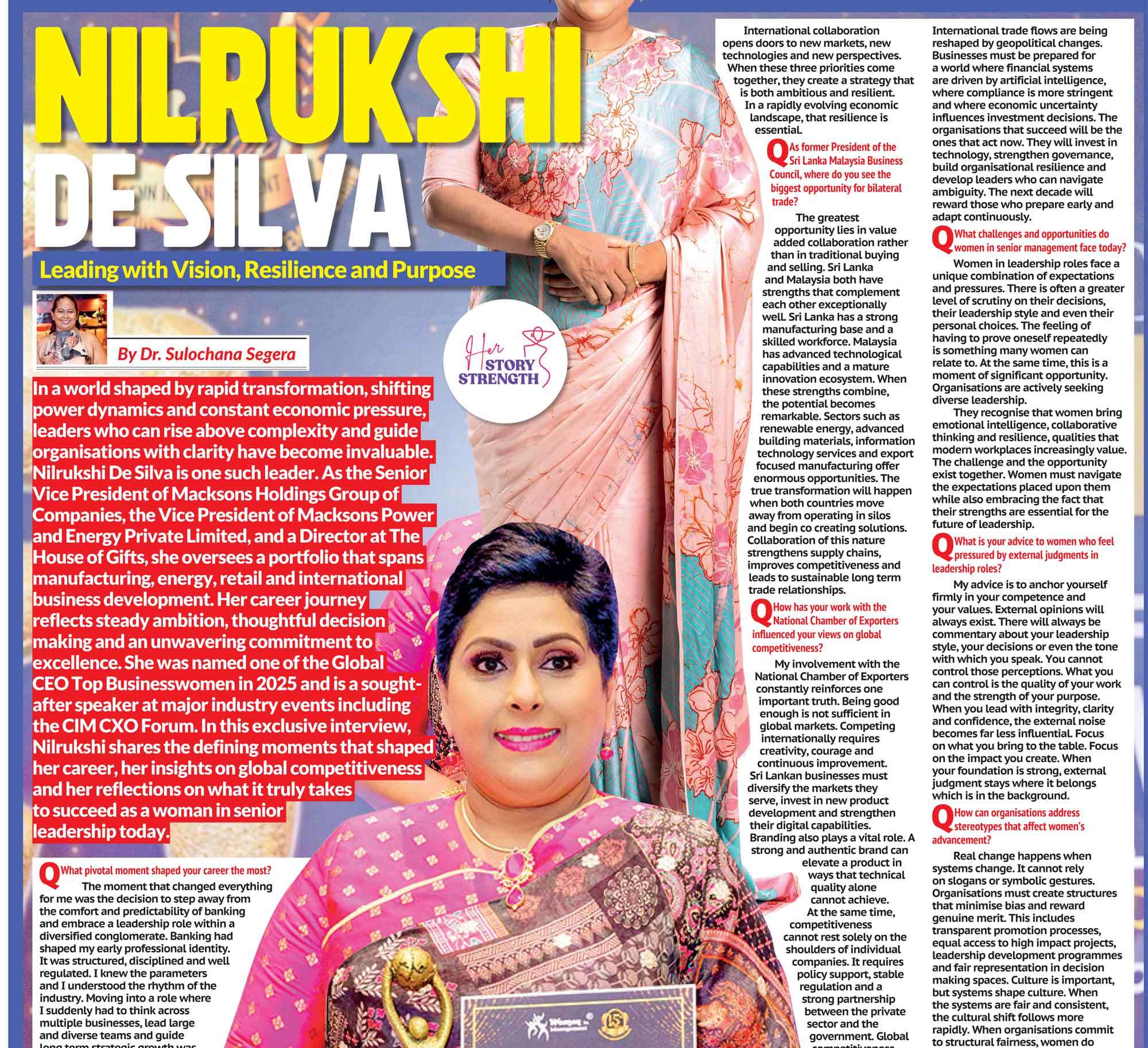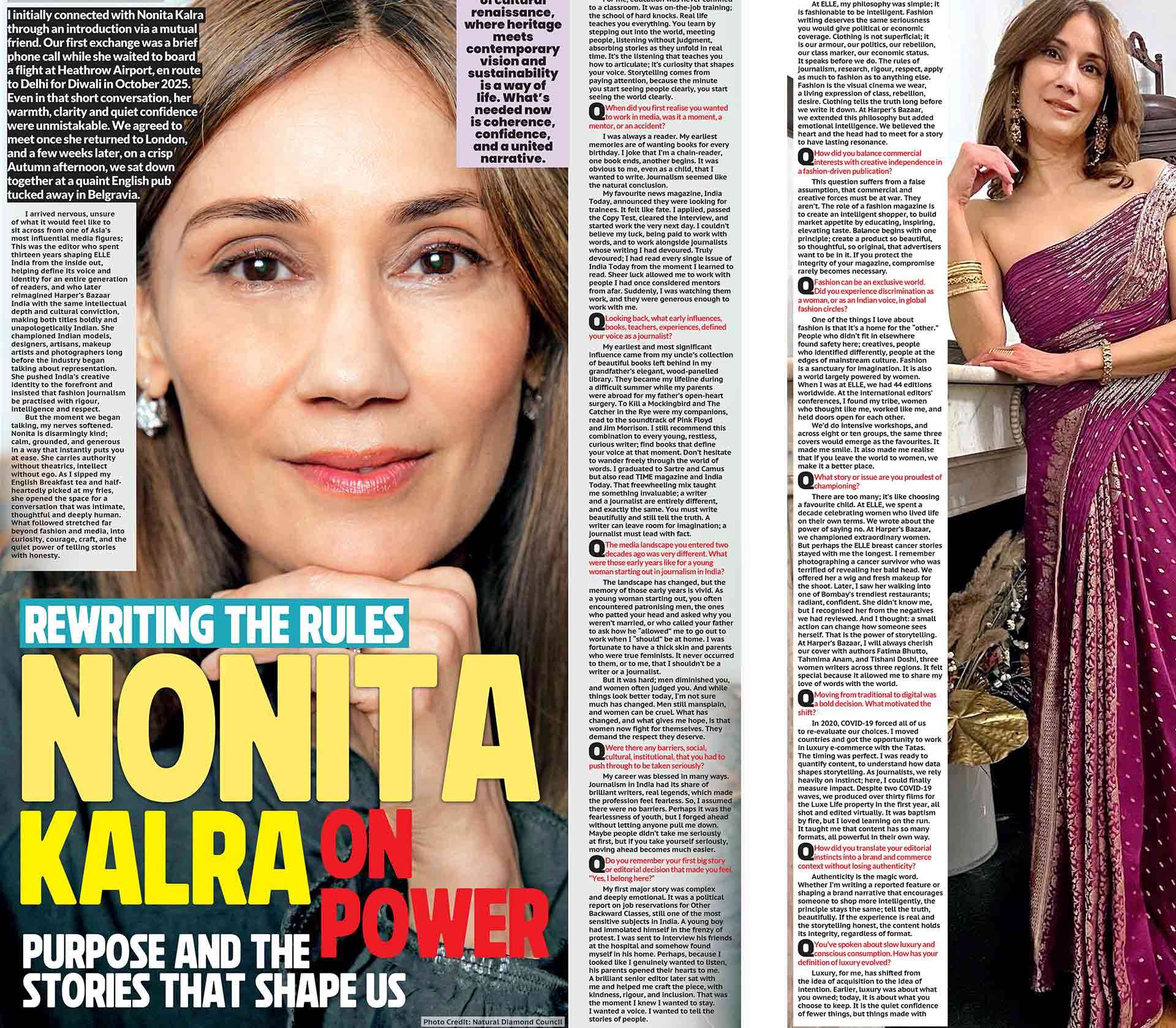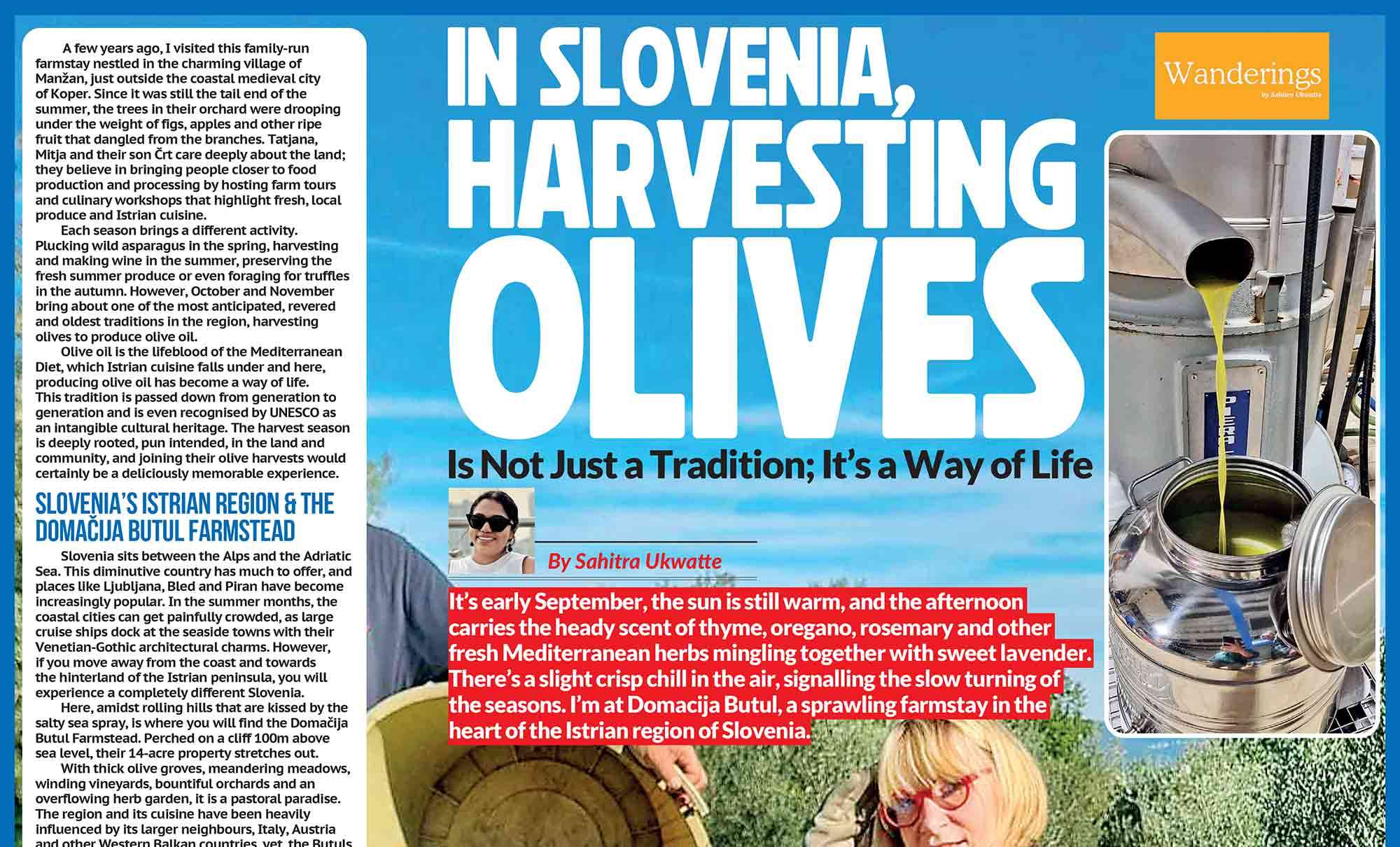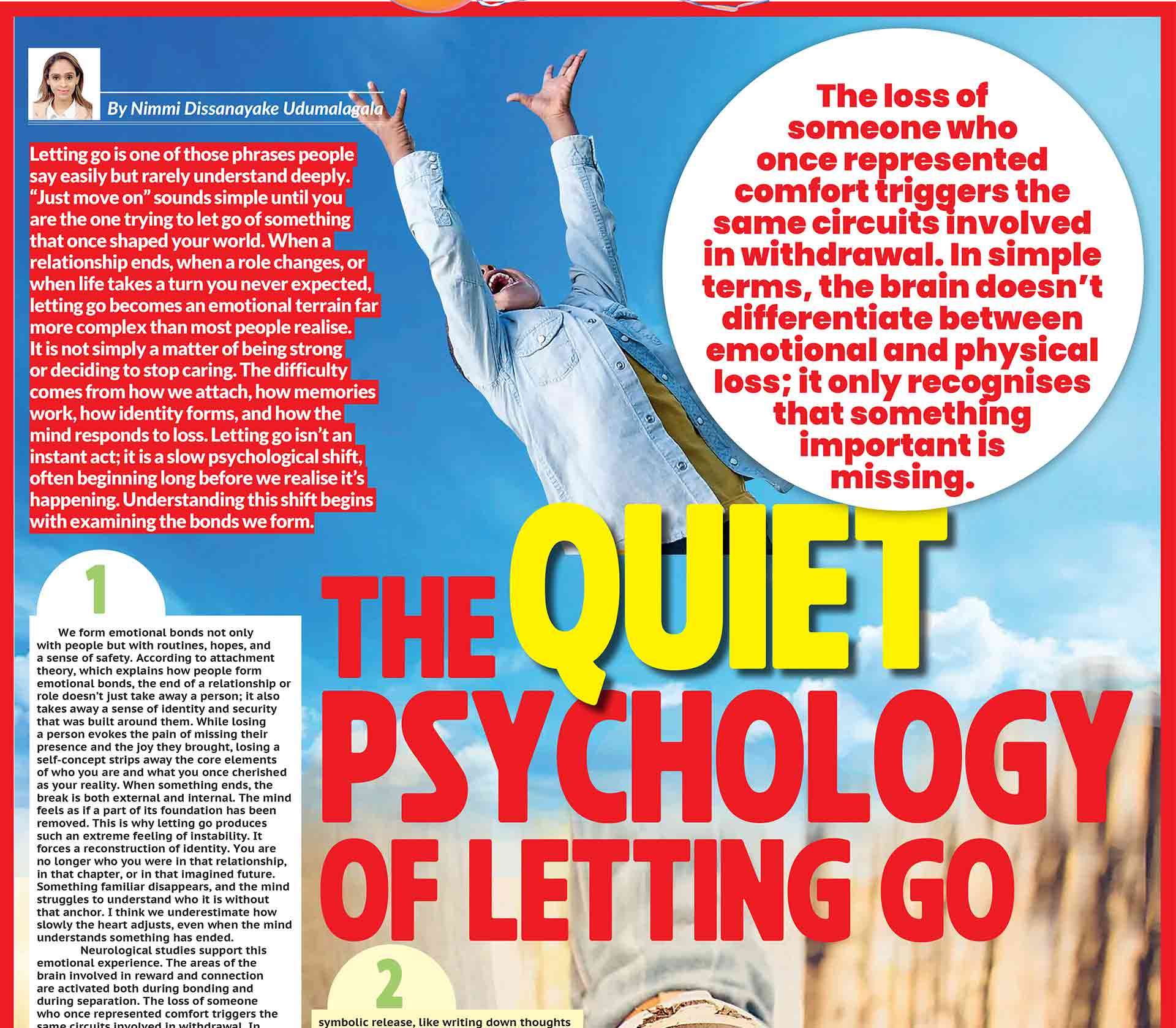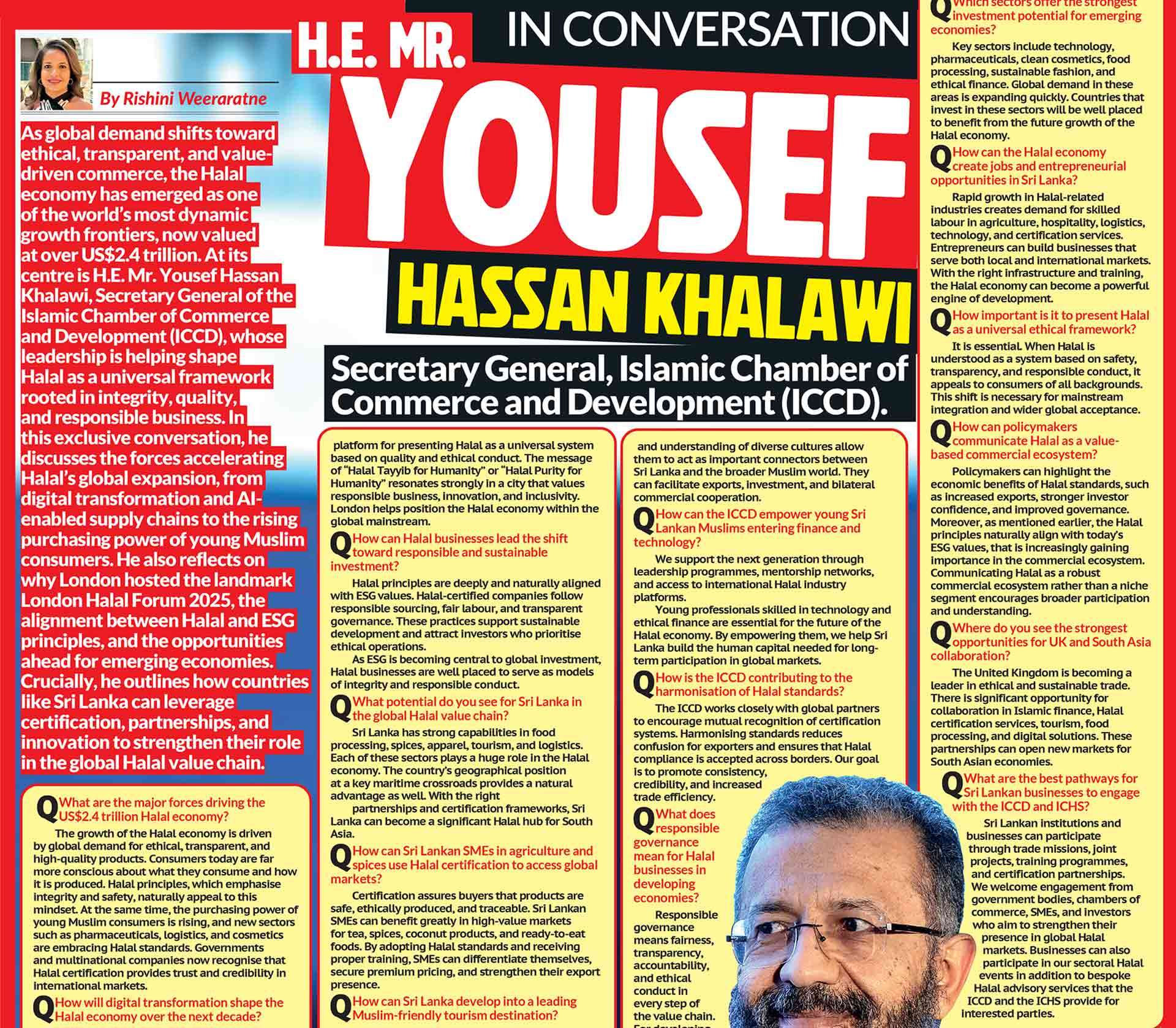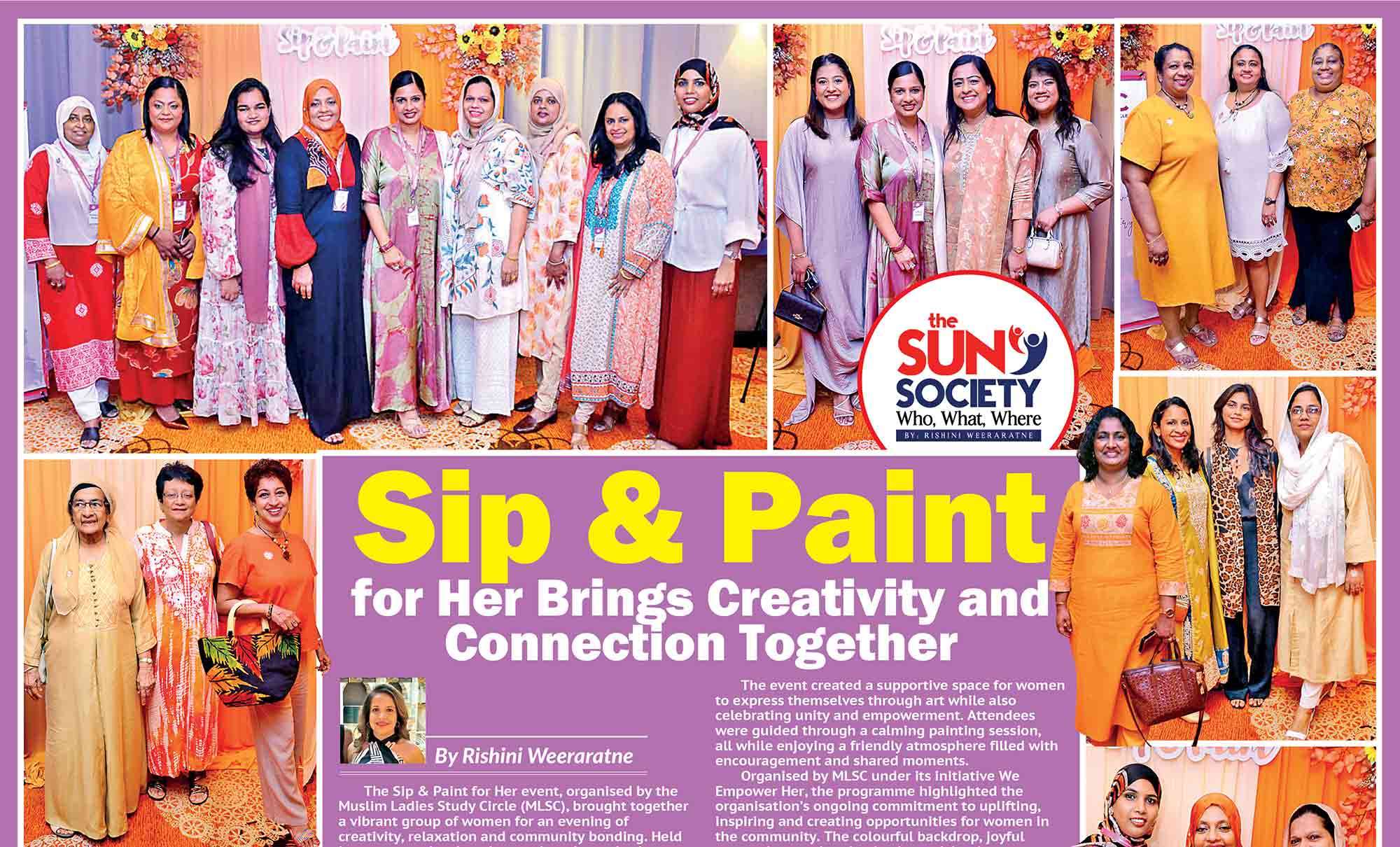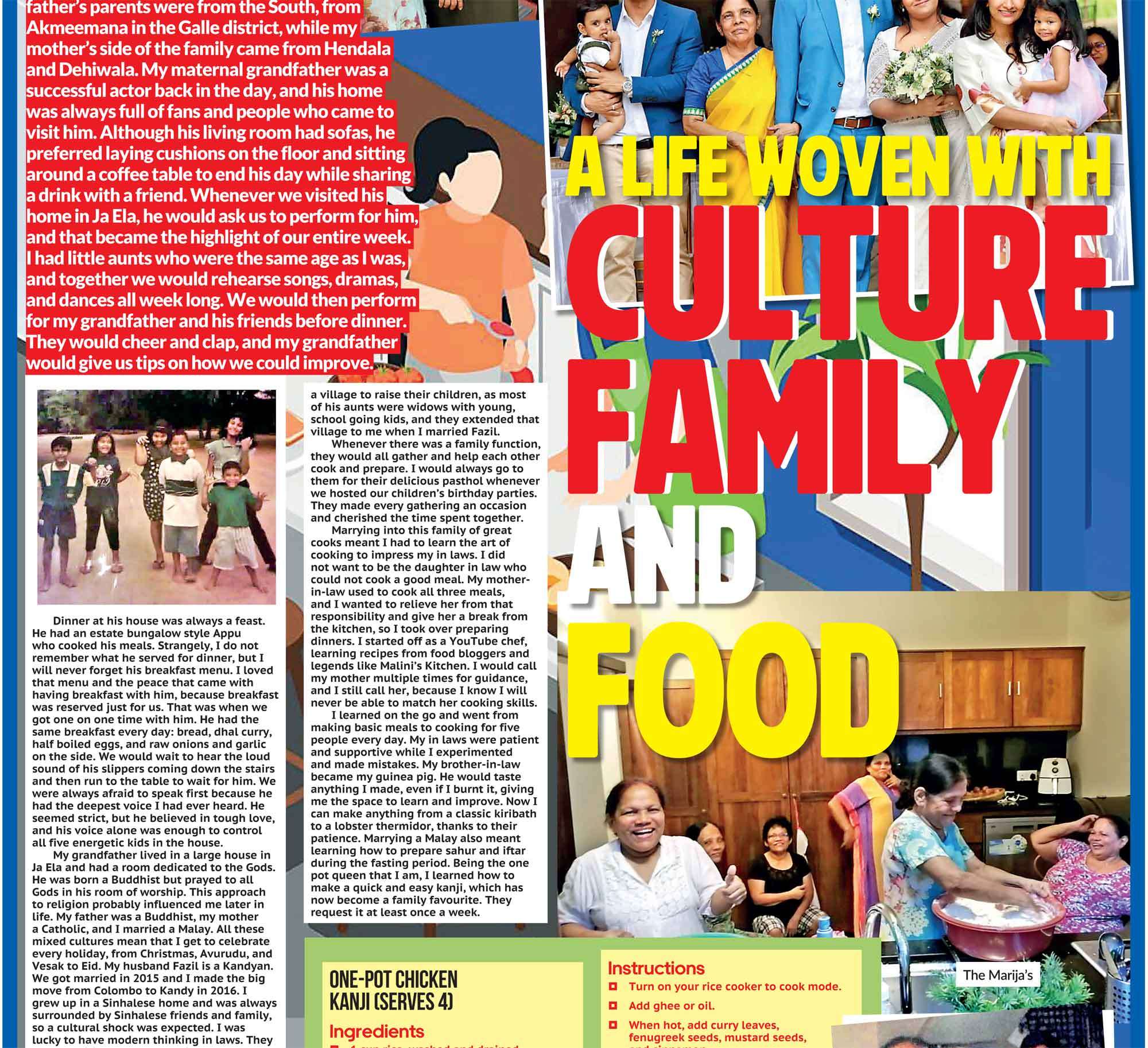
Scroll through TikTok or Instagram for five minutes and you’ll see it - a new drink, a new bag, a quirky collectible toy everyone suddenly needs. Videos with millions of views tell you, “this is the must-have,” and comments are full of people saying, where can I buy it? Trends don’t just spread by word of mouth anymore; they spread in seconds, directly into our dopamine circuits. Have you noticed how every few months the world agrees on a new obsession? One week everyone’s sipping matcha lattes, the next they’re hunting down a toy like Labubu.
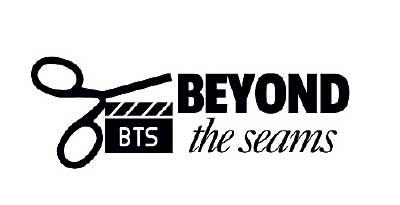 Fashion is no different, tiny handbags one season, oversized everything the next. Social feeds, influencers, even our friends join in, and suddenly we feel the itch: Should I get one too? I’ve felt it too, that little rush when you see something blowing up online or hear everyone talking about it. It’s not just the thing itself; it’s the thrill of being part of the moment. But sometimes I wonder: Why do we want what everyone else wants? And what is this constant cycle doing to us and to the planet we live on?
Fashion is no different, tiny handbags one season, oversized everything the next. Social feeds, influencers, even our friends join in, and suddenly we feel the itch: Should I get one too? I’ve felt it too, that little rush when you see something blowing up online or hear everyone talking about it. It’s not just the thing itself; it’s the thrill of being part of the moment. But sometimes I wonder: Why do we want what everyone else wants? And what is this constant cycle doing to us and to the planet we live on?
Dopamine Culture and the Fast-Fashion Mindset
We often think of trends as fun and harmless, but the engine behind them is powerful: dopamine! Dopamine is the brain chemical that gives us a hit of pleasure when we anticipate a reward. Social media and modern marketing have learned to hack it perfectly. Every new “drop,” every “limited edition,” every trending color sparks a microdose of dopamine. That chemical rush is addictive, and the fashion industry has built itself around it. Fast fashion thrives on this cycle. Instead of releasing two or four collections a year, brands now churn out newness every week, sometimes every few days. Each new piece is designed to trigger that little spark in your brain: Want. Need. Buy. It’s not just clothes; it’s the same system behind matcha waves, collectible toys, and TikTok-driven lifestyle crazes.
Paris vs. Sri Lanka: Two Versions of the Same Story
When I moved to Paris, I saw dopamine culture in full swing. A designer sends a new silhouette down the runway, and within weeks, the high street has recreated it. By the time you’ve worn it twice, another “must-have” has taken its place. It’s thrilling and exhausting all at once, like living inside a carousel that never stops spinning. In Sri Lanka, the rhythm is different, but the pull is the same. When a new sari trend or a local influencer’s style goes viral, everyone is looking to buy the same. The excitement is collective; it feels warmer somehow, rooted in community. But the outcome is familiar: pieces rushed to meet demand, worn a few times, then set aside when the next wave hits. Whether it’s Parisian boutiques or in Sri Lanka, the dopamine culture is quietly rewriting our habits everywhere.
The Environmental Ripple
That constant craving for newness has a cost far beyond our wardrobes. Every micro-trend triggers a production surge, factories ramp up, materials are pulled fast, and shipping spikes. And just as quickly as the wave comes, it goes, leaving behind waste. Even gentle trends like matcha carry weight. When demand for one ingredient skyrockets, farms are pushed into monocropping, biodiversity suffers, and local communities feel the strain. Think of the coconut oil boom in Sri Lanka, what used to be a humble kitchen staple became a “superfood” trend abroad. Prices spiked so high that many local families couldn’t afford what they’d used for generations.
What It Does to Us
Dopamine culture doesn’t just impact the planet; it affects how we feel about ourselves. The constant rush to “keep up” creates low-level anxiety. In Paris, I’ve felt that pressure walking past boutique windows, knowing last month’s “it” piece already feels dated. In Sri Lanka, I’ve seen it in the rush to wear the latest trend to a wedding or function before it “runs out of style.” Psychologists call this the “hedonic treadmill” - we get a burst of joy from a new thing, but the feeling fades fast, so we chase the next hit. Fashion has become less about expression and more about stimulation.
How to Step Off the Dopamine Loop
The beautiful thing about dopamine is that it’s not the enemy, it’s a signal. We just have to use it differently.
Pause for 48 Hours. Trends rely on speed. Slowing down breaks the dopamine loop and shows you whether you actually love something or just love the feeling it promised.
Seek Lasting Joy. A beautifully crafted handloom sari in Sri Lanka or a pair of timeless handmade earrings brings a kind of joy that lingers far beyond the first wear.
Rewire the Reward. Instead of chasing the high of “new,” find the same thrill in restyling old pieces, swapping with friends, or supporting artisans whose work lasts beyond a season.
Ask the Real “Why.” Are you buying because it feels like you, or because it feels like everyone else? That one question is a trend-breaker.
A Different Kind of Trend
In many Asian cultures, when something became popular, it was adapted and made to last. A recipe shared among neighbors, a dress pattern passed through generations, these weren’t quick dopamine hits; they were slow waves of joy. What if fashion and lifestyle returned to that? What if the next “it” thing wasn’t a product but a practice: reviving heirloom pieces, choosing local, celebrating the hands that make?
Beyond the Seams: Your Turn
At the heart of trend-chasing is a longing to belong. That’s deeply human. But when we pause and look beyond the seams, we see that dopamine culture isn’t just rewiring fashion, it’s reshaping how we define happiness. It’s not about rejecting all trends. It’s about choosing with a little bit of intention. It’s about reconnecting with what we love, before reels told us what was cool. Because in a world where everything can be purchased, maybe the only thing left worth is having a self you didn’t find on someone else’s feed. The matcha, the Labubu, the trending handbag, they’ll fade. What stays is the story: the earth that bore it, the hands that made it, and the habits we build around wanting. Maybe the next big trend isn’t “new” at all. Maybe it’s learning to love what we already have and finding joy that lasts longer than a dopamine hit.
So, here’s my challenge to you: the next time you feel the pull of a trend, pause. Ask yourself if it’s really yours or just the worlds. And if you do buy it, choose pieces and practices that tell a story worth keeping long after the trend has passed. What has been YOUR experience with trends? I’d love to hear your thoughts, stories, or questions. Write to me, share your experience, or tag me if you’re building a more mindful wardrobe, one choice at a time.

